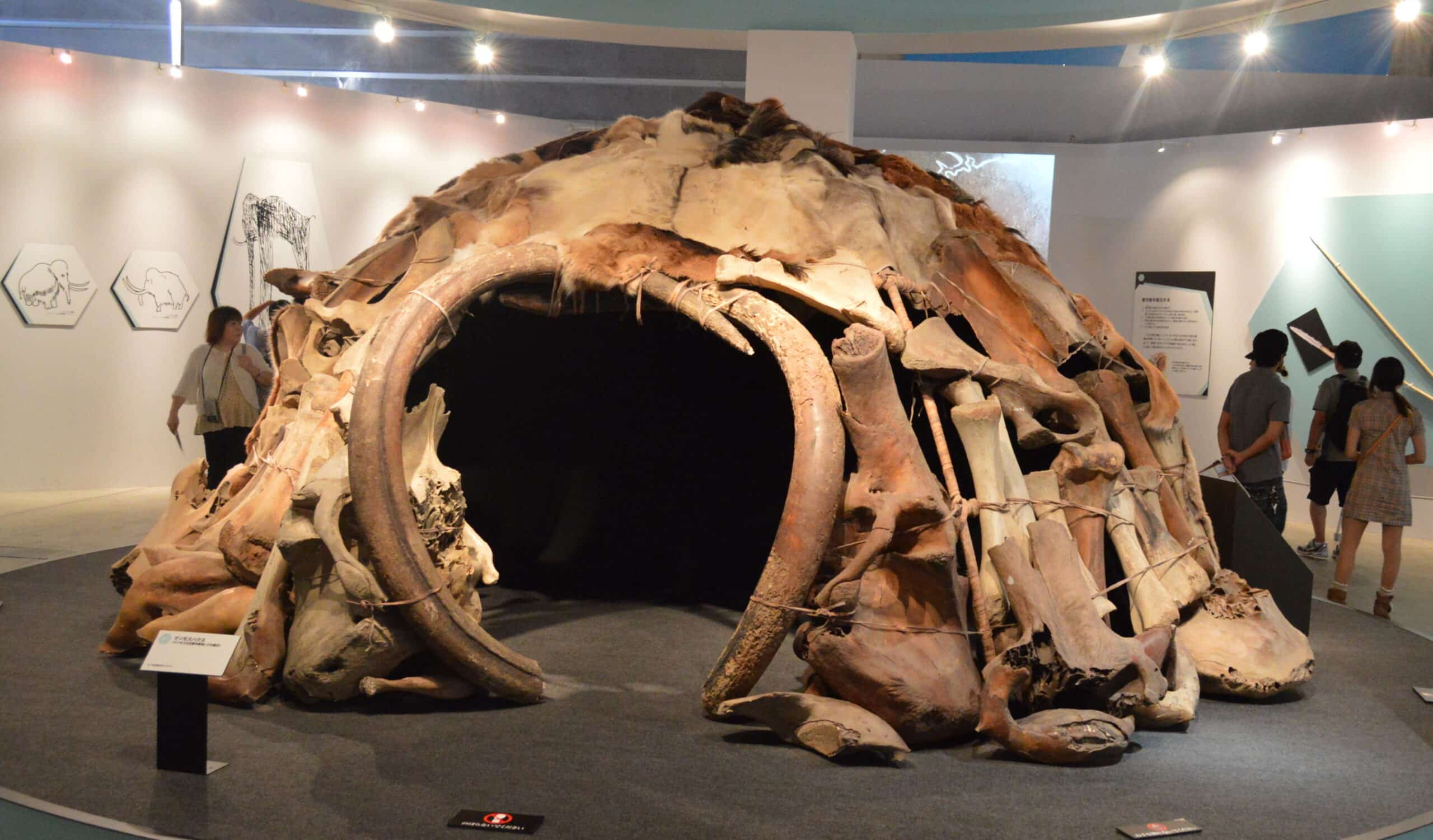A new study offers fresh insight into the early days of European agriculture, revealing that ancient hunter-gatherers and farmers coexisted for generations as farming practices spread across the continent.
Published in Science Advances, the research reveals that the two groups lived side-by-side along key migration routes, including the Danube, as early farming communities migrated north from the Aegean and Anatolia approximately 9,000 years ago.
Instead of immediate cultural replacement, the study found that interaction between these populations gradually increased over time, leading to rising levels of genetic mixing.
Researchers from the University of Geneva, along with teams from the University of Fribourg and Johannes Gutenberg University Mainz, analyzed ancient DNA from 67 individuals and paired that data with complex computer simulations to trace the demographic patterns during this pivotal era.
Their findings challenge earlier theories that suggested a swift replacement of hunter-gatherers by incoming farmers.
Gradual contact and genetic mixing uncovered
Mathias Currat, senior lecturer at the University of Geneva and lead investigator, explained that the goal was to understand how these groups interacted as farming expanded into Central Europe. The team focused on whether contact between the two populations began early or intensified later along the migration route.
Using demographic models, researchers simulated various scenarios, like factoring in population sizes, reproductive patterns, migration rates, and potential competition. These simulations were then matched with real genetic data, allowing the team to estimate how interbreeding occurred over time.
A UNIGE study reveals that the transition from hunter-gatherers to early farmers in the Neolithic period did not occur through violence, but through gradual mixing. @mathiascurrat @Biologie_UNIGEhttps://t.co/PUj8e7Amrc pic.twitter.com/CLcEGdSS4c
— UNIGE_en (@unige_en) August 21, 2025
Currat noted that the results indicate early genetic mixing was minimal but steadily increased as farmers moved farther northwest. He said this supports the idea that the transition to agriculture was marked by prolonged coexistence rather than violent conflict or full population displacement.
Alexandros Tsoupas, first author of the study, added that the gradual increase in admixture highlights a complex process of integration, with both groups influencing each other over time.
Farming advantage and long-term impact
The research also revealed a demographic advantage for early farming communities. Their effective population size was estimated to be five times larger than that of the hunter-gatherers, giving them a long-term edge in expansion.
In some cases, farmers made rare long-distance moves, helping to accelerate their spread into regions like modern-day northern Germany.
By combining genetic evidence with modeling tools, the study provides a deeper look into how the transition to agriculture unfolded in Europe.
It underscores that the Neolithic expansion was not a one-sided invasion, but a slower, more intricate process shaped by coexistence, contact, and eventual blending between populations.
